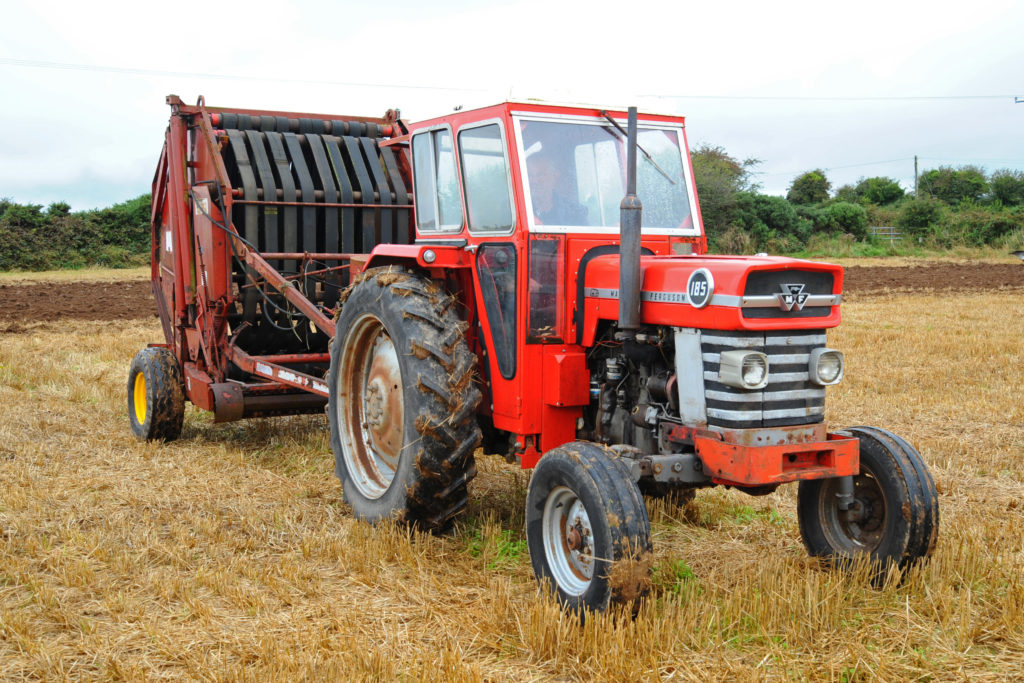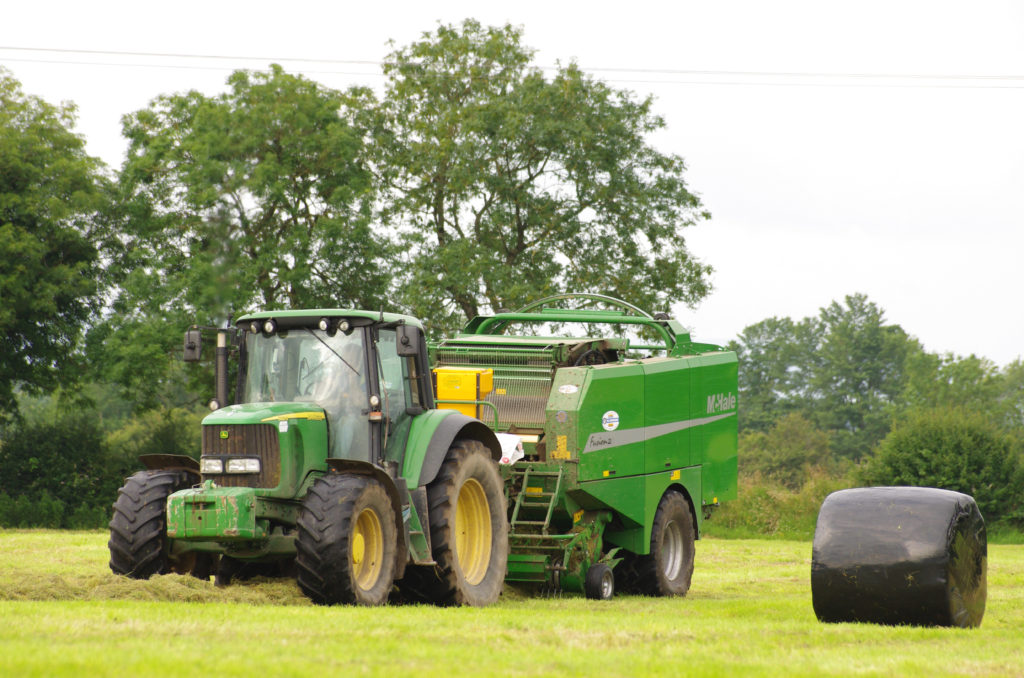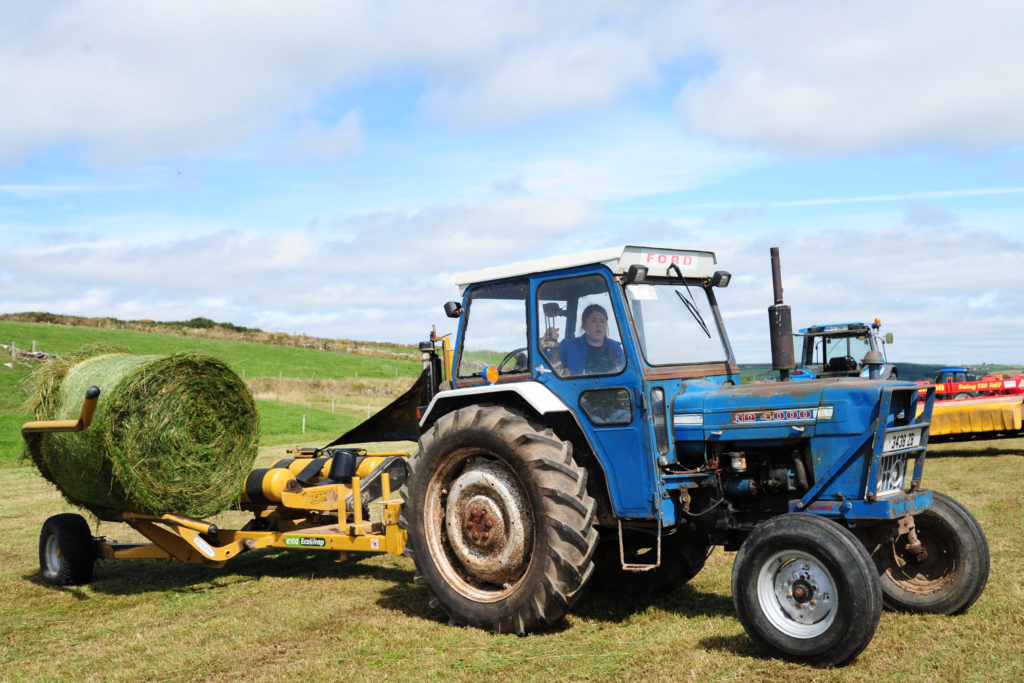It is widely accepted that the secret to good silage making, and the preservation of nutrients within forage, is the exclusion of air through increasing the density of the ensiled grass.
The removal of water from a crop is a question of managing the swath between cutting and harvesting, and, much less predictably, the proclivities of the weather.
Air exclusion
In Ireland’s climate this process is not always under the total control of the farmer. However, removing air from the silage is far more straightforward and manageable than it is for water.
Reducing the content of air in silage is simply a matter of squeezing it as hard as possible, although other factors, such as chop length, do come into play.
With pit silage this means rolling it thoroughly in the clamp; with bales, it is a question of making as dense a bale as possible without damaging the baler or creating bales that are too heavy to move safely in the yard.
Encouraging the right bacteria
Whatever the objections which may linger to heavy bales, it seems logical that increasing density will lead to a more positive fermentation, that is, a quicker rise in acidity as anaerobic bacteria come to dominate the process.

Critical to achieving this is using a baler which can pack a tight bale and ensure as uniform a density throughout the bale as possible.
The importance of this was demonstrated in trials undertaken at Pennsylvania State University’s Russell E. Larson Agricultural Research Centre in 2019 – work which was sponsored by Case New Holland.
Four balers, three speeds
In the trial, the four different balers were set to produce bales at their maximum density. They were then driven at three different speeds – 4, 8, and 12mph – to examine the relationship between speed of baling and density.
Not only was the bale density and final pH recorded, but also the time they took to spoil having been unwrapped. The benchmark was a two-degree rise in core temperature.
Unfortunately, the full method and results were not released, leaving us in the dark as to which balers were used and what the results were for each one, nor are we informed as to how the forward speed effected the results.
Keeping it quiet
This is likely because the full results are being mulled over by CNHi engineers in a bid to improve baler performance. Such data will be as useful to their competitors so they are keeping it to themselves for now.

What we do have available to us however, is a diagram showing the effect of bale density on pH levels and time to spoilage.
The results shown are quite clear: When the bale density is plotted against pH levels it becomes obvious that the denser the bale the lower the final pH, indicating a greater preservation of the nutrients.
Density is no guarantee
The greatest density recorded was 0.65kg/m3 which produced a pH of 5.1. The lowest density recorded was 0.28kg/m3, which had an end point pH of 5.8.
However, it is not quite so straight forward as these two measurements suggest.
The lowest bale density reading of 0.28kg/m3 was also recorded twice elsewhere in the trial and gave pH readings of 5.4 and 5.6.
It is also noticeable that the highest pH was recorded at a bale density of 0.465kg/m3, roughly half way up the bale density scale.
Trends rather than certainties
Given the wide variation of results, we might be excused for thinking that there is little to be gained by choosing one type of baler over another, yet the trend is quite distinct; a denser bale produces a lower pH, on average.

The trend is also clear in looking at the rate of bale spoilage after opening, although the difference between the best and the worst is little more than half a day.
The proof of the pudding is always in the eating, literally in this case, but the results presented do not include an analysis of the feed value, especially the protein level.
Silage survey
The trial in Pennsylvania sought to compare balers working in similar conditions. Another approach was taken by West Virginia University who analysed forage samples taken from across the state and published its findings in 2015.
One of the the four variables they considered in seeking optimal management practices was the baler type and the results gave a clear indication as to which was best.
On average, newer silage-type balers with variable-size bale chambers made baled silage with lower pH. Variable-chamber balers averaged 0.23 pH units lower, while fixed-chamber balers averaged 0.64 pH units higher than average moisture-adjusted pH from all balers.
However, even hard-core balers (when the model was used on different farms) had moisture-adjusted pH, differing from 0.34 pH units lower to 0.65 pH units higher than average.
Although the trend is once more clear – denser bales produce a better fermentation – there is still a huge variation between the examples examined.
Belt or roller, which to buy?
There is no simple answer as to which baler is best for any particular farm. To simply state that variable chamber balers are better is to ignore the fact that they can still produce results inferior to fixed chamber units.

There are an infinite number of combinations of the many variables involved in making silage, so we can only look to a favourable combination of trends rather than alight upon an exact formula.
The inescapable conclusion is that by increasing bale density, the likelihood of retaining a greater percentage of the nutrients in forage during ensilage is increased – but it is by no means the sole factor.
Price considerations
Variable chamber balers come with a price premium of around 25%, a figure which may be difficult to justify purely on retention of extra nutrients, although that may change if purchased feedstuffs continue to rise in price.
There are, however, other advantages to a denser bale. The first is reduced transport costs as fewer trips have to be made to the field and back to bring the silage in.

In theory, it will not take so long to bale a field as there is less time wasted in bale ejection, and wrapping if being done in the field.
Another is the reduction in the use of silage wrap, a product which is highly dependent on oil price, and even availability.
On the down side there are, at present, few combination balers based around a variable-chamber type machine, so farmers are left with little choice if they wish to have the baling and wrapping completed in one operation.
